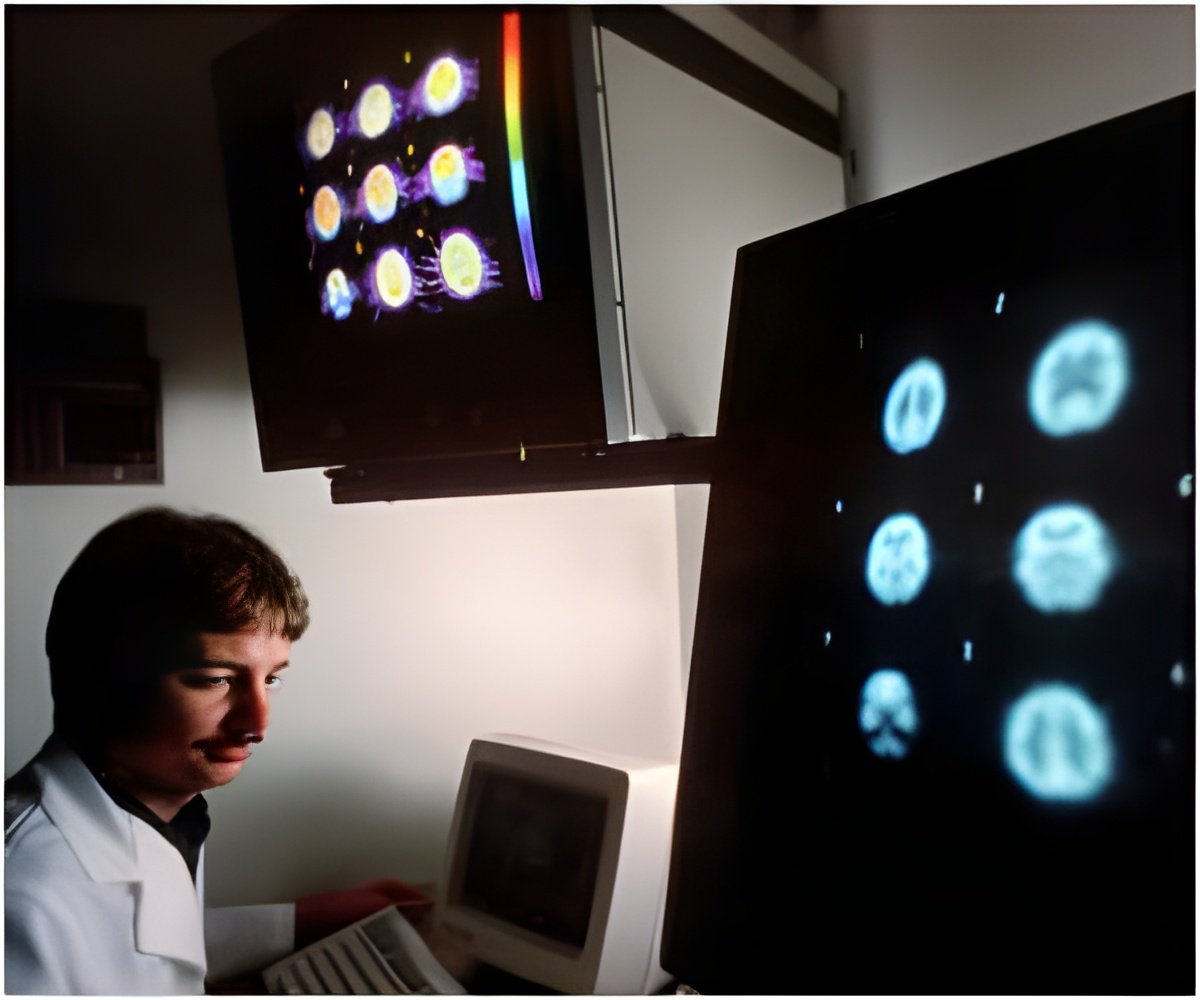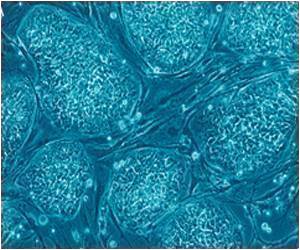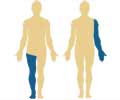A joint study is currently investigating how much four specific risk factors contributed to cerebral palsy and young infant death.

Cerebral palsy is a group of neurological disorders that appear in early childhood and affect body movement and muscle coordination. Movement problems associated with cerebral palsy include dyskinesia (uncontrollable writhing or jerky movements) and spastic quadriplegia (severe stiffness in the limbs).
In this study, published in Obstetrics & Gynecology, the researchers compared the medical records of children with cerebral palsy and infants who died within 1 month of birth with the records of healthy children to identify how often the risk factors occurred in the groups.
Among the cerebral palsy and infant death cases, birth defects and poor fetal growth were the most common risk factors. Birth defects and/or poor fetal growth were seen in almost half of the cerebral palsy cases. In addition, out of the four risk factors, only birth defects and/or poor fetal growth predicted dyskinesia or quadriplegia.
Many studies looking into the causes of cerebral palsy have concentrated on asphyxial birth events. However, the current findings indicate that poor fetal growth and birth defects may greatly contribute to cerebral palsy and infant death, suggesting that research should focus more on those specific risk factors.
Advertisement













